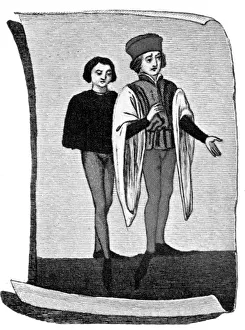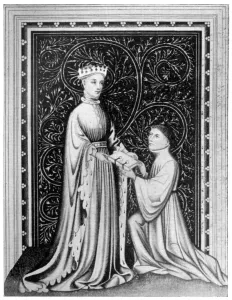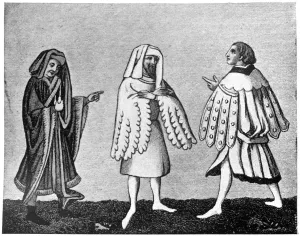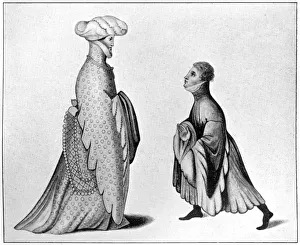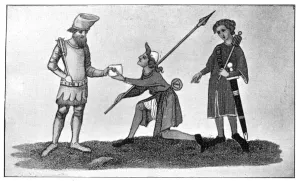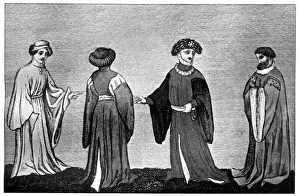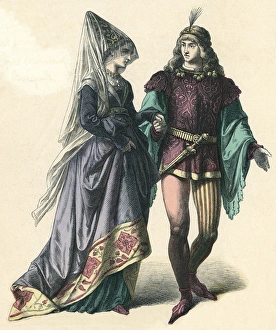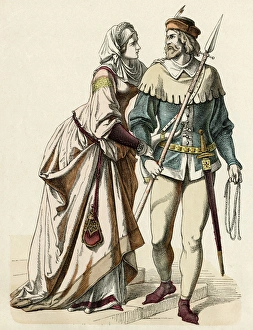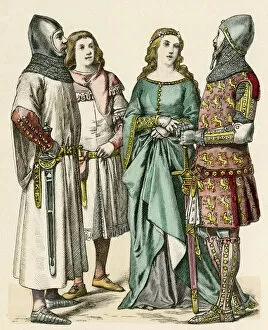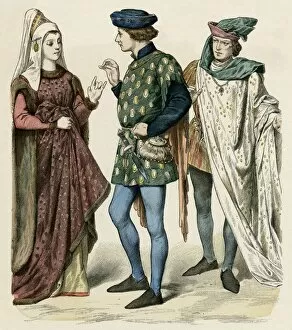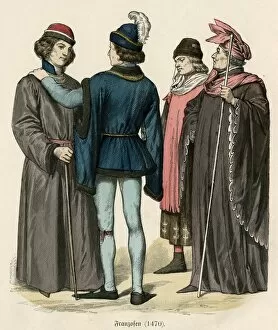"Dagged: Unveiling the Intricate World of Historical Costumes" Step into a time machine and journey back to the 14th and 15th centuries as we explore the fascinating world of "dagged" costumes. These intricate garments, adorned with decorative edges resembling daggers, were all the rage during this era. Let's start our sartorial adventure in Burgundy during the 15th century. The paltock, a loose-fitting outer garment, was a popular choice among fashion-forward individuals. Its flowing silhouette exuded elegance and sophistication. Moving on to France in the late 1400s, we discover French costumes that showcase exquisite craftsmanship. From elaborate houppelandes to German nobles' attire from around 1425, each ensemble tells its own unique story. Speaking of Germany, let's delve into their fashion scene between 1300-1349. German costume during this period boasted opulence and grandeur while maintaining an air of regality. Now let us turn our attention to two prominent figures from history - Occleve the poet and King Henry V. Their clothing choices in c1410 exemplify male dress trends at that time – think rich fabrics, intricate details, and impeccable tailoring. The houppelande takes center stage once again as we examine different varieties worn throughout the 14th century. This voluminous outer garment became synonymous with high status and fashionable flair. Transporting ourselves further into history brings us to England in the early 15th century when political turmoil raged between rival factions known as The Red And White Roses. Even amidst chaos, fashion remained important as these opposing groups showcased their allegiance through distinctive attire. Finally, picture yourself lounging on a luxurious bed furnished with a canopy and curtains straight out of late-14th-century Europe. This lavish setting perfectly encapsulates how every aspect of life was infused with artistry during this period.

